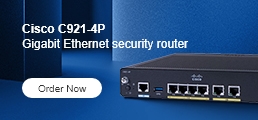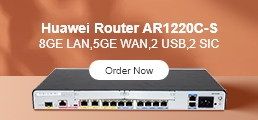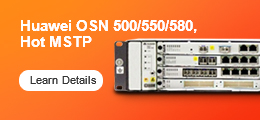WiFi 6E builds on the existing WiFi 6 (802.11ax) standard. WiFi 6E offers all of the cutting-edge features of WiFi 6 and allows access to a new 6GHz wireless band.
Following are some of the main features of WiFi 6:
• Orthogonal Frequency-Division Multiple Access (OFDMA). This feature enables your router and devices to use your bandwidth more efficiently by reducing the time between data transmissions. As a result, more bandwidth is available for other devices. For example, the RAX200 supports several client devices per WiFi band with downlink and uplink OFDMA technology.
• High-bandwidth traffic efficiency with eight-stream Multi-User-Multiple-Input Multiple-Output (MU-MIMO). This technology enables your router to communicate with many devices simultaneously. Wi-Fi 6 also allows 8x8 APs to use all eight streams to transmit information.
• Improvements through higher order modulation (1024-QAM). Higher order modulation increases the efficiency and speed of data transmission on your network. This technology can give up to 25 percent improvements in speed.
• Extended battery for mobile and smart home devices with Target Wake Time (TWT). TWT makes communication between your devices and your router’s Wi-Fi channels more efficient. Devices that support TWT enter a sleep state until their scheduled wake time. TWT reduces energy consumption and bandwidth use.
WiFi 6E builds on these features by adding access to a new 6GHz wireless band. Some of the features of this new band include:
• Additional spectrum. The 6GHz band supports up to 14 80MHz channels or seven 1690MHz channels. More available WiFi channels means more available WiFi spectrum and less overlap between networks in crowded areas like apartments complexes or offices.
• More high-bandwidth channels. The 6GHz band supports almost twice as many high-bandwidth (80GHz, 160MHz) channels as 5GHz. More available high-bandwidth channels means more capacity for applications like 4K and 8K streaming, virtual reality gaming, and high-definition video conferencing.
• No DFS scanning required. Unlike 160MHz channels in the 5GHz wireless band, devices operating in 6GHz don’t share the spectrum with radar devices or TV stations. As a result, people who cannot take advantage of 160MHz channels because they live near places like airports or TV stations can benefit from vacant 160MHz channels.
• No legacy (WiFi 3/4/5/6) devices on 6GHz. The 6GHz band is exclusive to WiFi 6E devices. 6GHz networks don’t have to slow down to accommodate older devices. This means that WiFi 6E devices can take full advantage of the bandwidth, spectrum, and speed improvements of 6GHz without competing with any non-6E devices.
• Mandatory Wi-Fi Protected Access (WPA) 3. WPA 3 is mandatory for all WiFi 6 Certified devices operating in 6GHz. WPA3 is the latest Wi-Fi Alliance security certification. WPA3 provides the latest in security and authentication protocols. As a result, 6GHz WiFi traffic is more secure than ever and 6GHz networks are more difficult to hack.
By the way, you can check the price of Xiaomi Mi AX9000 WiFi 6 Router.
Learn more:
What Is The Difference Between WiFi 6 And WiFi 5?
What Is WiFi 6E And What Are Its Benefits?
What Should Be Paid Attention To When Choosing Antenna For TP-Link Router?
Why Can't I Log In To The Web Management Utility Of The TP-Link Device?
What Is Running Out of IPv4? What Is IPv6?
How to Change the MTU Settings in TP-Link WiFi Routers?
How To Set Up IPv6 Service On The TP-Link Wireless Router?
How To Make The GE Port Of The AP To Provide Service?
How To Update TP-Link Router Firmware?
How To Setup TP-Link WiFi Router?



















































































































